Within the enormous Manufactures and Liberal Arts Building on the fairgrounds of the 1893 World’s Columbian Exposition stood the imposing German Pavilion. Along with the other world powers of the era—Great Britain, France, and the United States—Germany displayed her national output in a prominent location around the central clock tower along the middle stretch of Columbia Avenue.
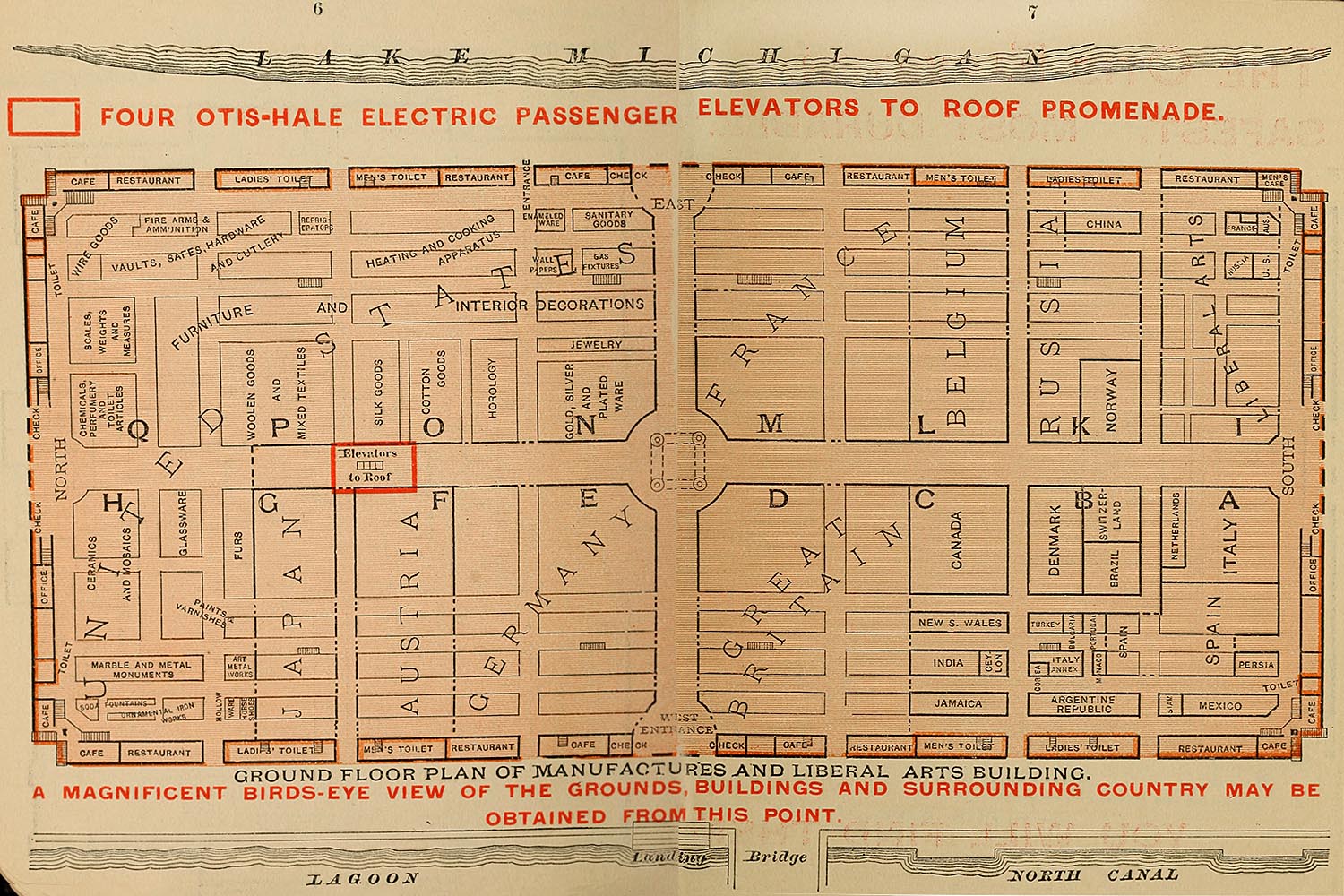
Floorplan of the Manufactures and Liberal Arts Building [Image from Diagrams of World’s Fair Buildings. Rand McNally, 1893.]
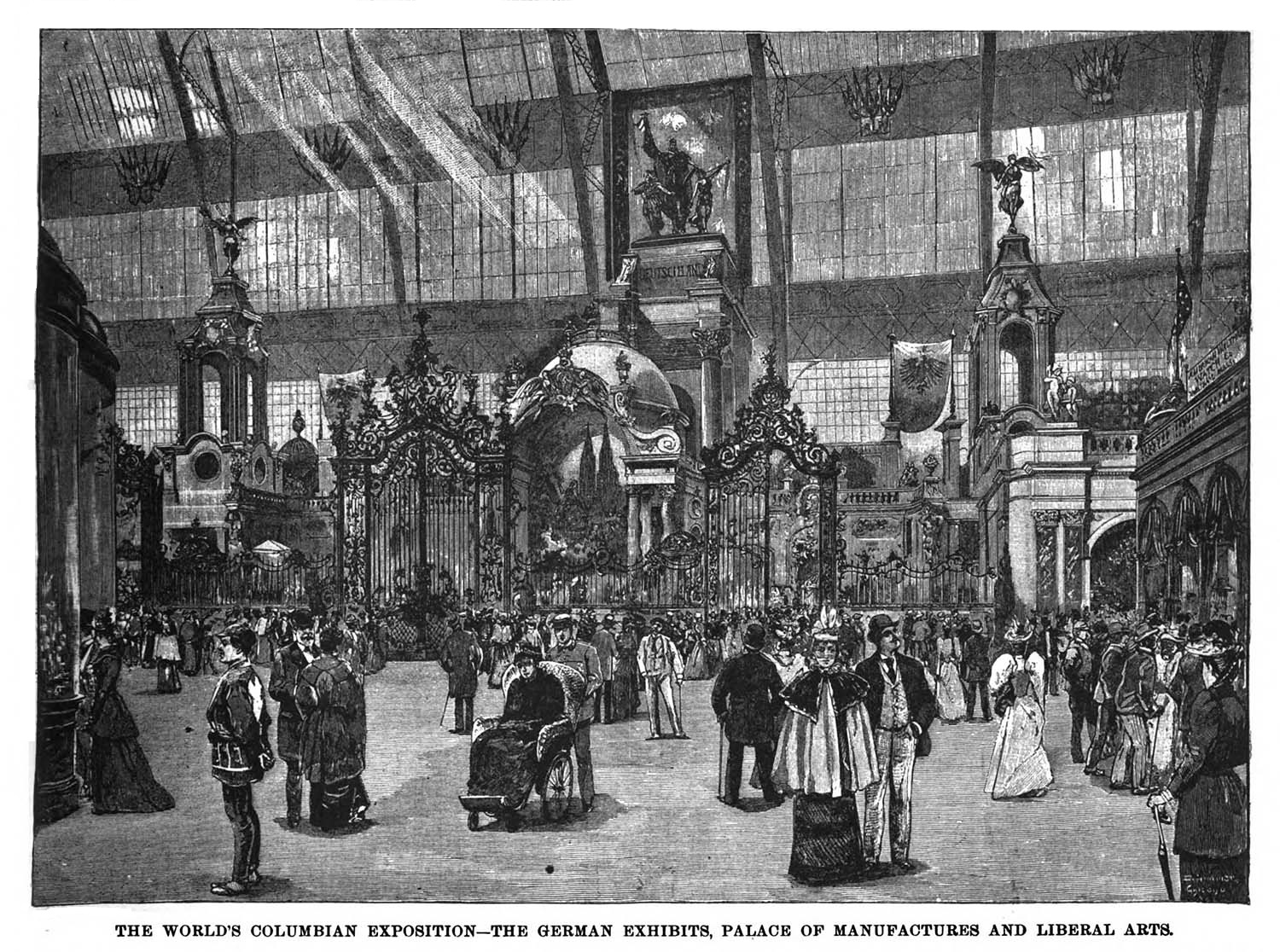
The German exhibits in the Manufactures and Liberal Arts Building [Image from Scientific American Supplement July 22, 1893.]
The Glory of Germania
Behind artistic ironwork gates stood a court with several pavilions, among which was an exhibit known as the “Porcelain Porch” displaying a vast array of fine German porcelain. The centerpiece of this exhibit space was an 18-by-12-foot painting on 1,057 individual tiles created by the prestigious Berlin porcelain company Königliche Porzellan-Manufaktur (KPM). The work has come to be known as The Glory of Germania, but was called German Industry at the time of the Fair. [Münch, 189]
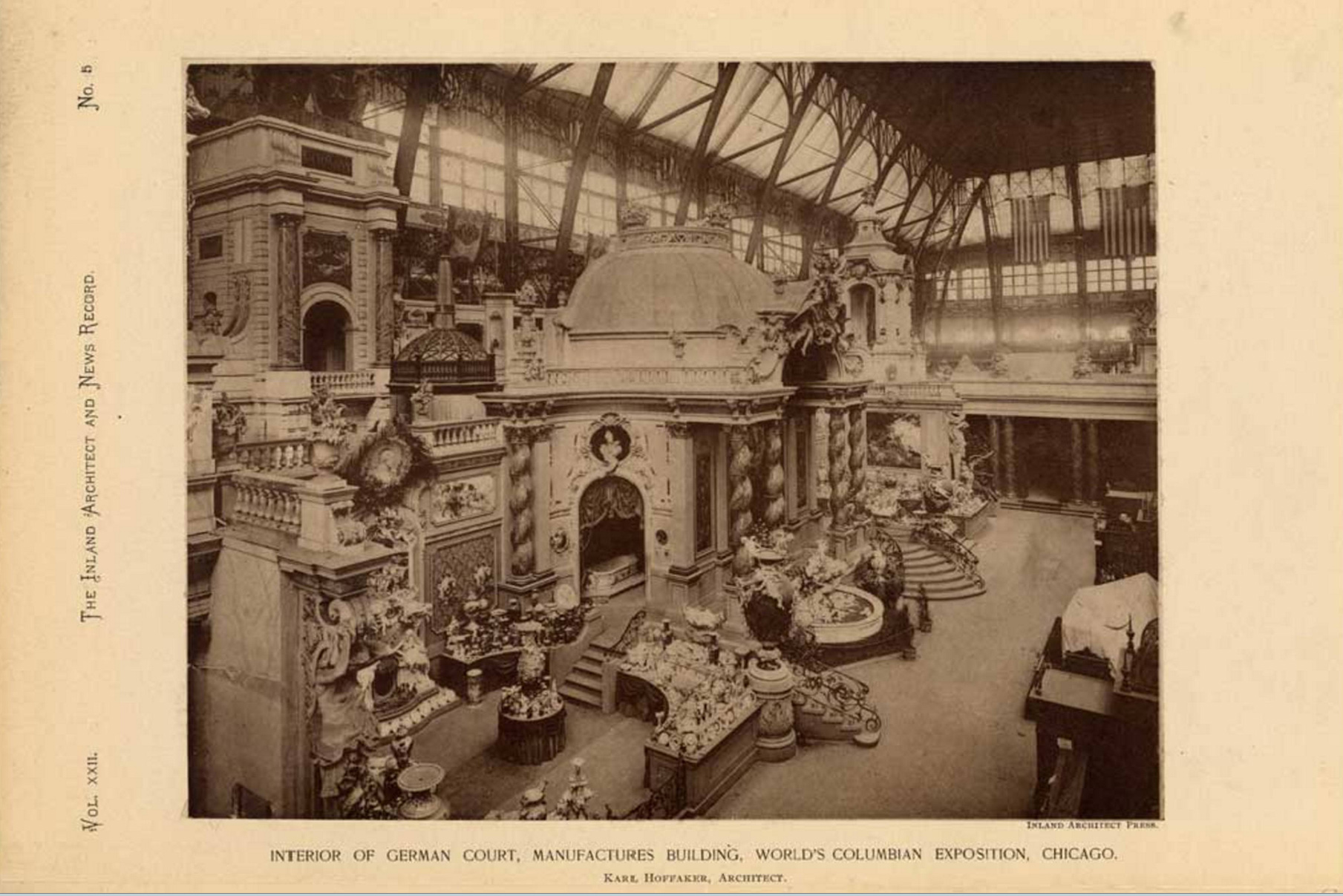
Photograph of the interior of the German Court, showing the “Porcelain Porch” display. [Image from the Inland Architect and News Record June, 1893.]
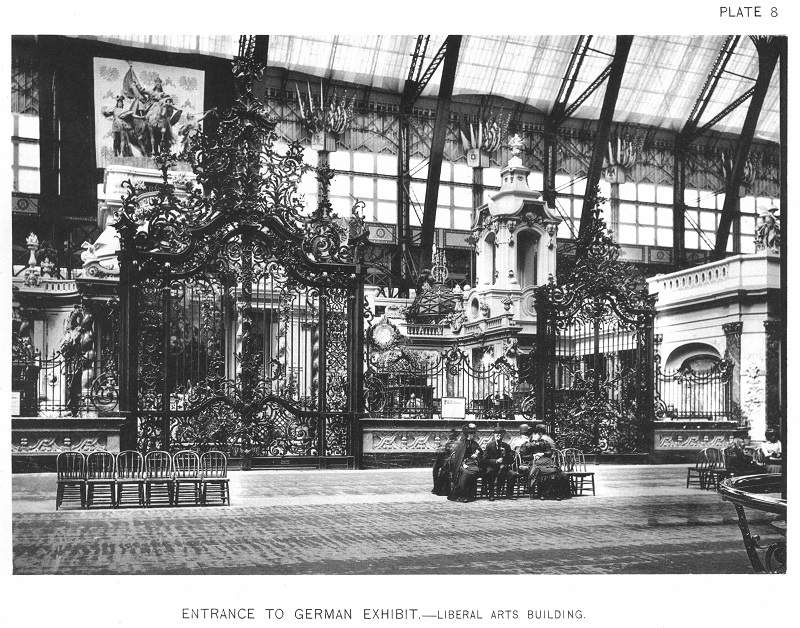
Entrance to German Exhibit in the Manufactures and Liberal Arts Building, [Image from Official Views of the World’s Columbian Exposition by Arnold, C. D.; Higinbotham, H. D. 1893.]
“Between the Saracen pillars and under the statuary at the apex, was the largest of several paintings on porcelain tiles representing Germania and her foremost sons of industry and courage. The scene was on the Rhine, with Cologne’s cathedral towers, Germania in the clouds, and Father Rhine in his boat below. The light has glowed from the blocks of tile, and the beautiful picture is indiscernible. This painting was the work of Professor Kips, who superintended the entire exhibit, and with skills and good fortune safely erected the structure at the Exposition.” [Dream City]
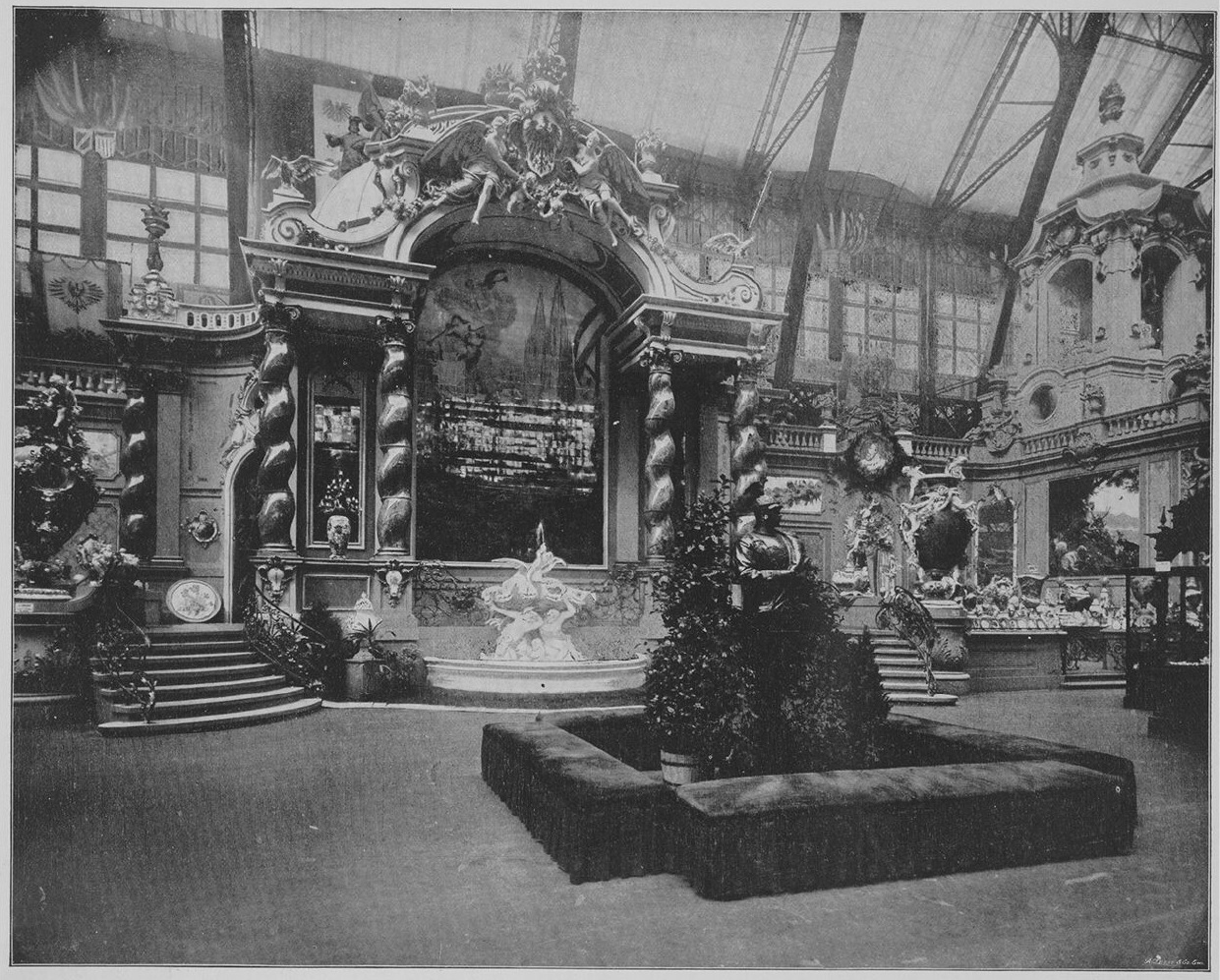
Photograph of the “Porcelain Porch” showing the tile painting by Alexander Kips. [Image from the The Dream City: A Portfolio of Photographic Views of the World’s Columbian Exposition. Portfolio No. 6. N. D. Thompson Publishing Co., 1893.]
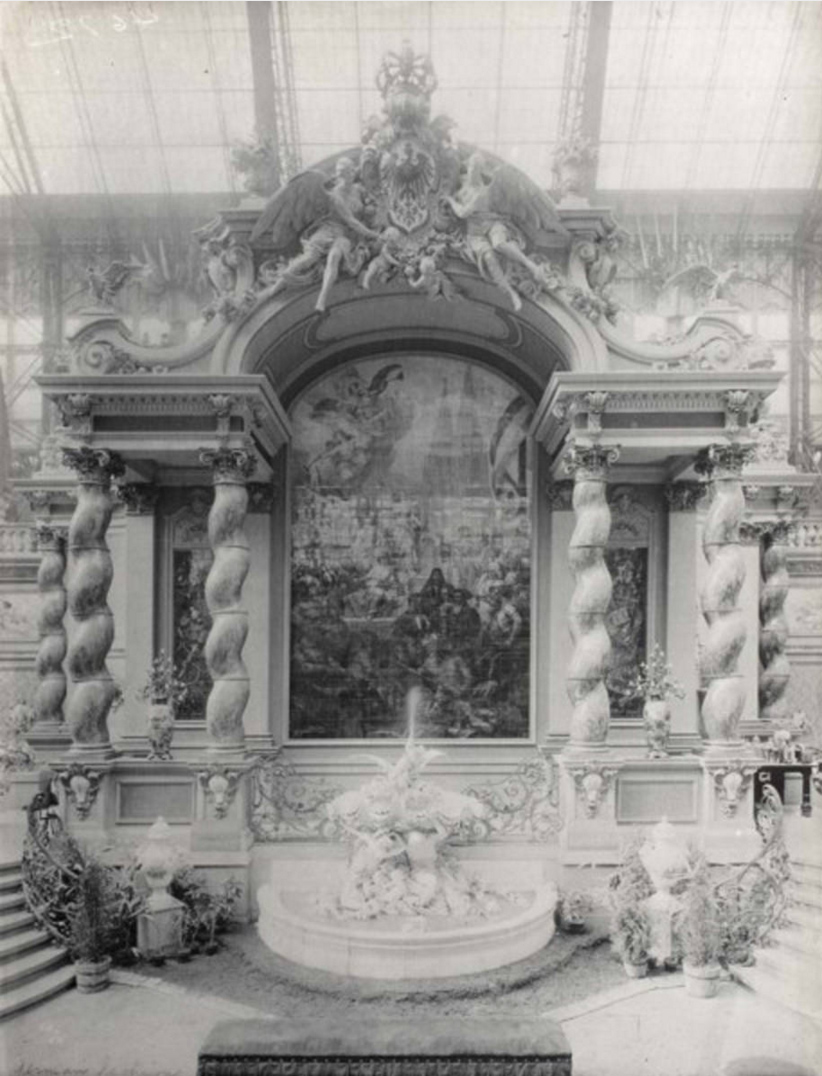
The Glory of Germania and its ornate housing displayed in the German exhibit in the Manufactures and Liberal Arts Building [Image from the Ryerson & Burnham Archive Archival Image Collection at the Art Institute of Chicago, RBA Digital File name M525888.jpg.]
Alexander Kips
The allegorical painting was made especially for the German exhibit at the 1893 World’s Columbian Exposition by Professor Alexander Kips (1858-1910), a German painter and porcelain modeler who served as the artistic director of KPM from 1886 to 1908.
The name “A. Kipps” [sic] is listed as having received an award at the World’s Fair in the category of Group 142—Paintings on Ivory, on Enamel, on Metal, on Porcelain or Other Wares, Fresco Painting on Walls. [Revised Catalogue, 17] Although the title of the winning artwork and its display location are not noted, it seems refers to this tile painting in the German Pavilion.
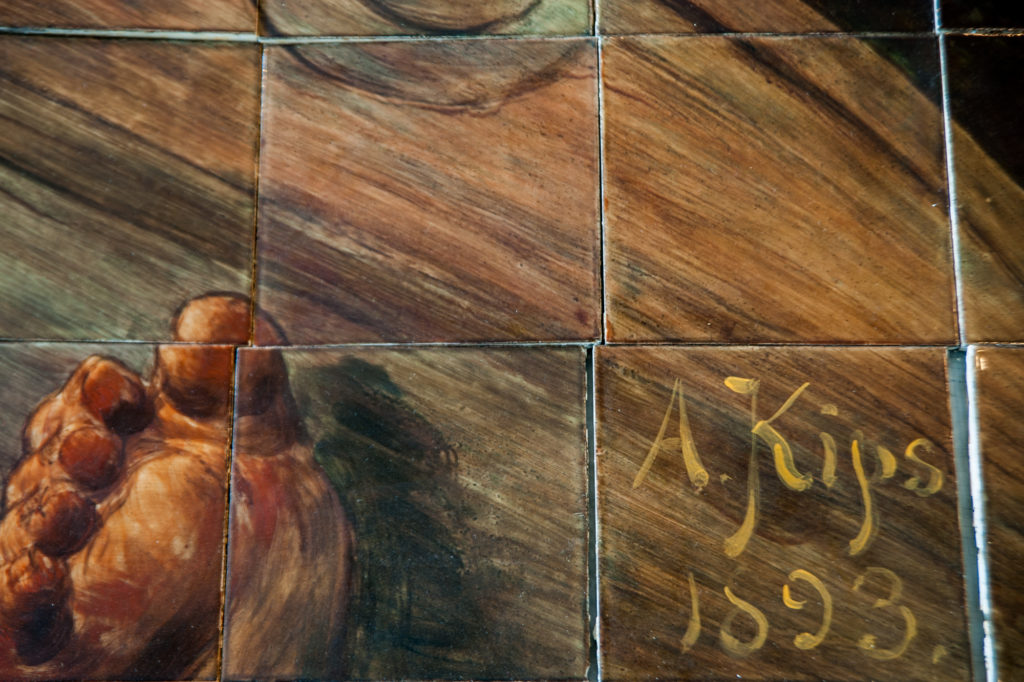
Detail of The Glory of Germania tile painting showing the signature of Alexander Kips [Image from the DANK Haus.]
From the Germania Club to the DANK Haus Museum
Immediately after the close of the Fair, in November 1893, the tilework and porcelain portico were purchased by the Germania Club of Chicago and installed in their building in the Gold Coast neighborhood. The mosaic occupied the west wall of the Grand Ballroom until 1986, when the Club dissolved and sold the building. With no buyer or institution willing to take the artwork, it ended up in boxed storage for the past 32 years. [Heinen, 24]
In the summer of 2018, the loose tiles were reassembled in a horizontal display by the DANK Haus Museum & Collections staff for their current exhibit of The Glory of Germania in the Scharpenberg Art Gallery of the DANK Haus (4740 N Western Ave., Chicago), running from July 1 through mid-September, 2018. The disassembled porcelain columns and two side tile painting are also on display.
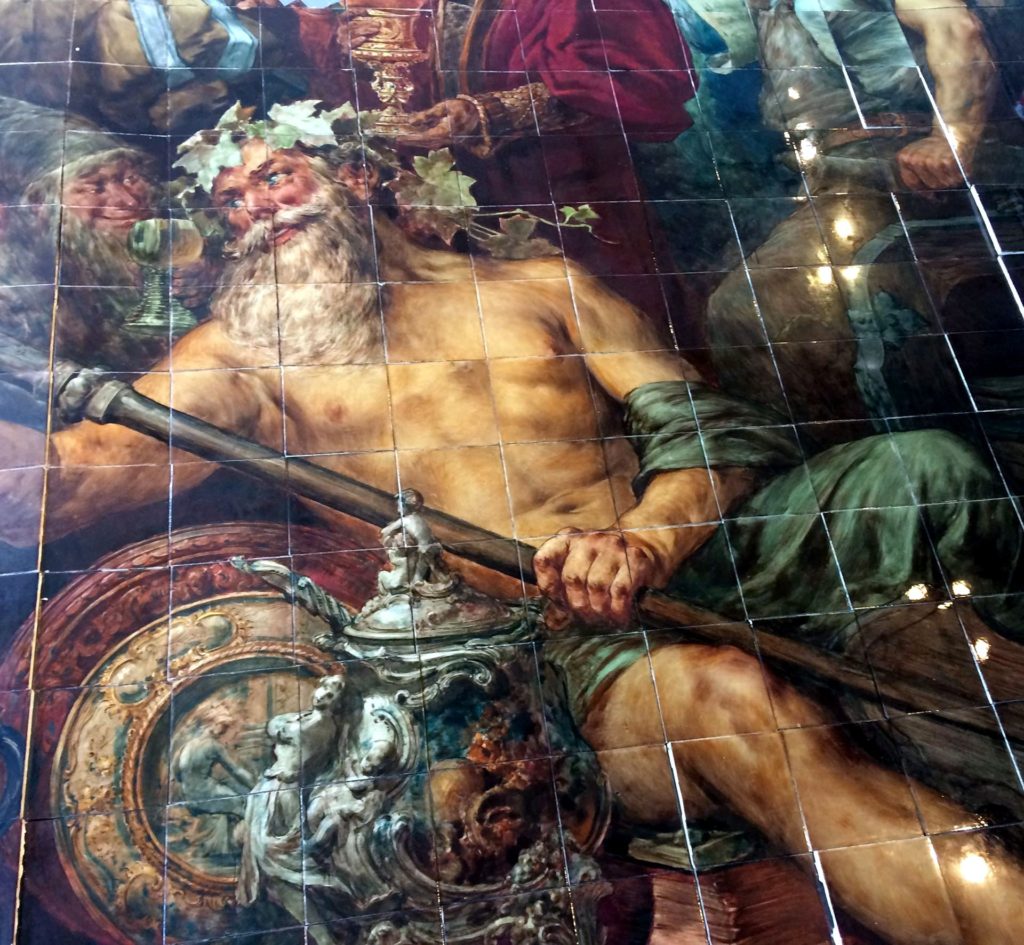
Detail of The Glory of Germania tile painting showing “Father Rhine.” [Image from the DANK Haus.]
SOURCES
Andress, Reinhard “The Germania Club of Chicago — A History and Some Curiosities” German-American Journal, 2017, 65, 2-3, pp. 10-11.
https://dankhaus.com/Glory-of-Germania
The Dream City: A Portfolio of Photographic Views of the World’s Columbian Exposition. Portfolio No. 6. N. D. Thompson Publishing Co., 1893.
“Germany at the World’s Columbian Exposition” Scientific American Supplement July 22, 1893, p. 1.
Gratacap, L. P. “The World’s Columbian Exposition II.—The Liberal Arts—Germany, Austria, and Japan.” Scientific American Supplement Dec. 2, 1893, p. 14943-44.
Heinen, Joseph C.; Heinen; Susan Barton Lost German Chicago. Arcadia Publishing, 2009.
Johnson, Rossiter History of the World’s Columbian Exposition Held in Chicago in 1893, Volume 3: Exhibits. D. Appleton, 1897.
Münch, Paul “Changing German Perceptions of the Historical role of Albrecht Dürer” in Dürer and his Culture, Eichberger, D., & Zika, C. (Eds.) Cambridge University Press, 1998.
Revised Catalogue, Department of Fine Arts. Conkey, 1893.
World’s Columbian Exposition, 1893 Official Catalogue, Part X; Department K Fine Arts. Conkey, 1893.
World’s Fair Being a Pictorial History of the Columbian Exposition. P.D. Farrell, 1893.
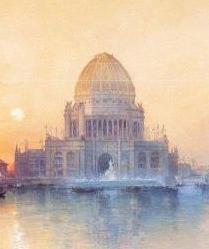
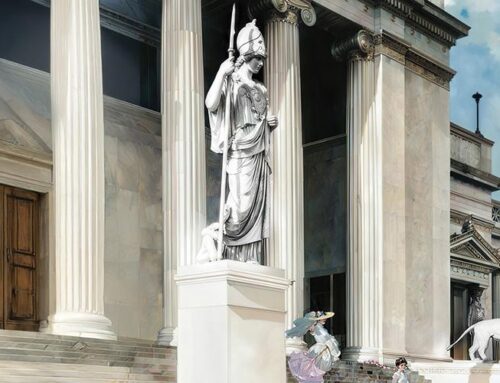
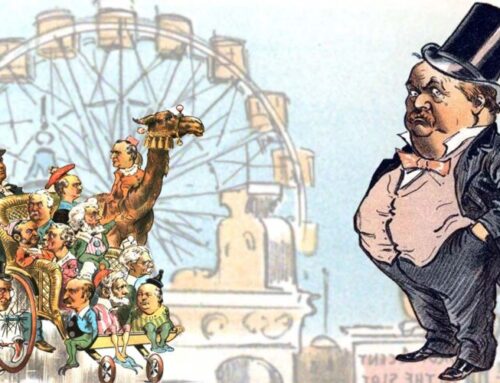
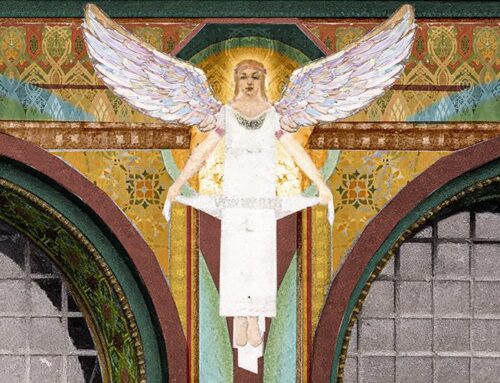
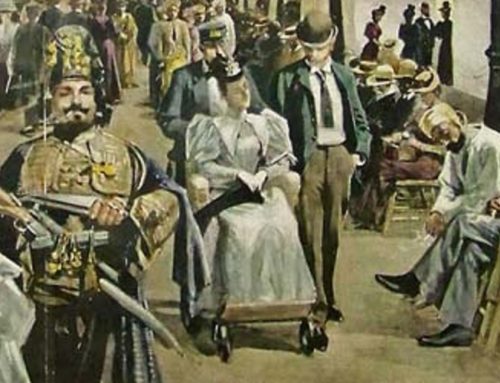

Leave A Comment